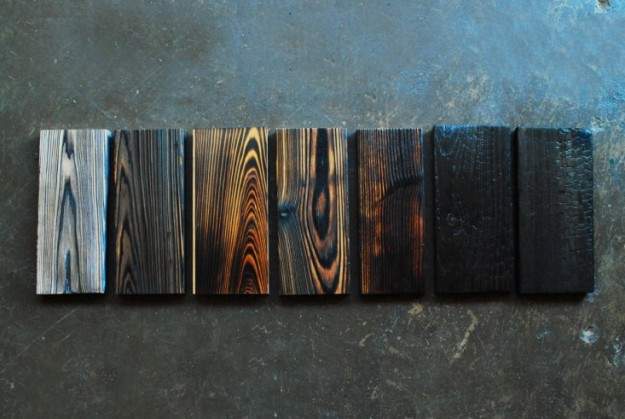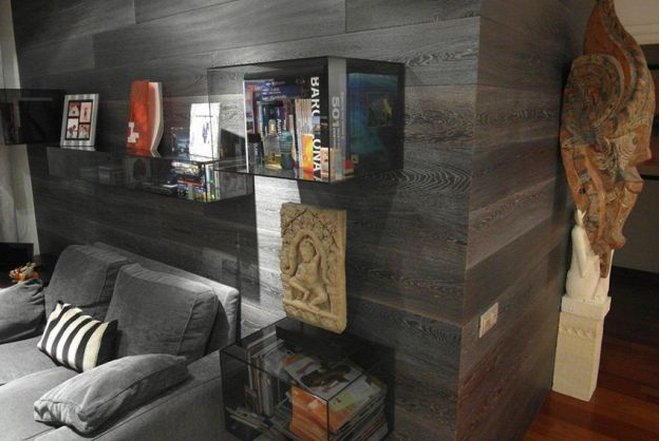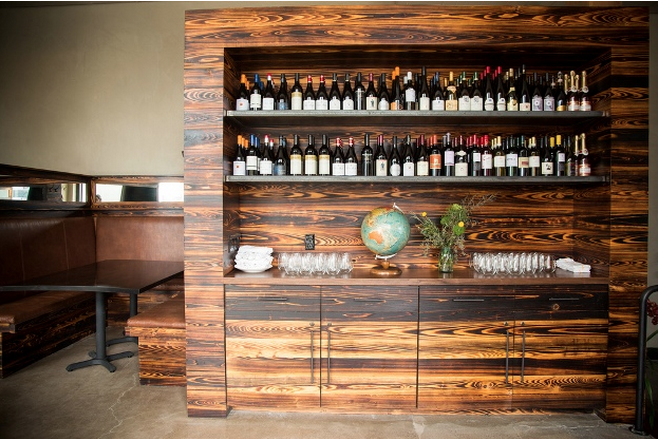Charred Wood Makes Great-Looking, Fire-Resistant Interiors
Charcoaled cedar inspired by traditional Japanese methods is built to last and looks beautiful.
As the NSW bushfire tragedy continues, a number of articles have appeared discussing the various ways a home may be fireproofed. There are miraculous treatments such as this fire-retardant gel, but how do you build for the bush? It's certainly possible.
Incredibly, in the 1970s Sydney architect Glenn Murcutt designed a house so safe that its owner moved many actual drums of petrol from the garage into it before a bushfire surrounded the property. In the States an extremely old, fire-safe construction method is currently trending: the rural Japanese tradition of shou-sugi-ban. Roughly translated as 'burnt cedar board', shou-sugi-ban supposedly dates back to the 1700s, when it was used primarily to safeguard against fire and to preserve the wood against rot.
So how does shou-sugi-ban work? The reasoning goes, if wood has already been charcoaled, it's unlikely to catch fire a second time. Similar in principle to the weathering of steel, where oxidisation creates a protective barrier, wood is first scorched with a controlled method of burning then brushed with a stiff broom to remove excess soot. Next it's washed and dried, and finally treated with an oil like Penofin Verde. It just happens to look fantastic, with many shades and finishes achievable, depending on how long the wood is burned.
Usually a paint or a stain is required to darken wood to an attractive chocolate hue with rustic texture, and both methods are subject to fading and degradation. But not shou-sugi-ban. Apart from providing resistance to flames, the charred wood also repels insects and rot. This makes it durable and long-lasting. A standard cedar might decay after five years, whereas the owner of a low-maintenance shou-sugi-ban wall or fence could expect 30 years without decay, which is a pretty dramatic difference.
For this reason, as well as its visual attractiveness, lately it's appearing in many restaurants around the Bay Area in California. Companies like Shou-Sugi-Ban in the UK and Delta Millworks in Austin, Texas (a land where it is said that cowboys mingle with punks) have mastered how to artfully scorch reclaimed wood for beautiful and practical built spaces. We hope to see more of it popping up on our shores.










